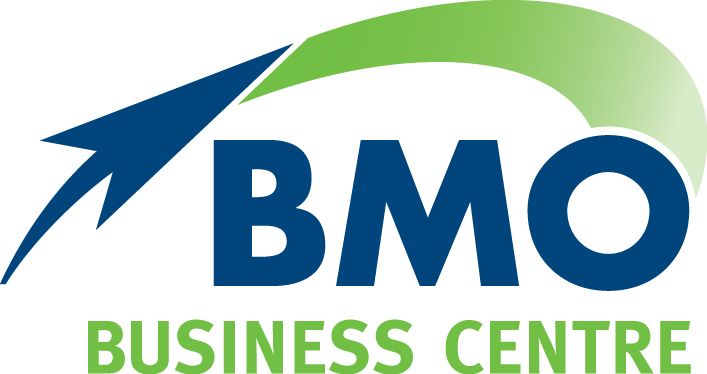New aged care act: what you need to know
Sweeping reforms to aged care are set to begin on 1 November to help improve the quality, transparency and flexibility of care.
With more care levels, clearer pricing, and greater control over how your funding is used, the new system aims to better match services to individual needs. Providers will be required to offer detailed cost breakdowns, empowering you to make informed decisions about your care.
While the reforms are a step forward in care quality, they also come with changes in how services are funded and that may mean higher out-of-pocket costs for some.
What you pay depends on your financial situation – whether you receive a full or part pension or are self-funded – and the services you access.
As the aged care landscape evolves, staying informed is key to making confident choices. Whether you're planning for yourself or supporting a loved one, understanding the new system will help you access the right care at the right time.
Help at home
From 1 November the current Home Care Packages will be replaced by a new program called Support at Home.
The key changes include:
- Eight levels of care (up from four) to better match individual needs
- Extra funding for assistive technology, home modifications and palliative care
Services are expected to remain the same but the way you pay for them may change.
- For example, clinical care (such as nursing or physiotherapy) will be fully funded by the Government.
- You may pay more for everyday living services (such as meal preparation or cleaning) than you do for independence supports (like personal care or transport).
- The out-of-pocket costs for everyday living will range from 17.5 per cent for full pensioners to 80 per cent for self-funded retirees.
- Non-clinical support, like showering, will cost five per cent for full pensioners to 50 per cent for self-funded retirees.
If you were approved for a Home Care Package on or before 12 September 2024, you will be eligible for fee concessions to ensure you are not worse off under the new rules.
The package level you are assigned sets the total funding available to pay for care, with 10 per cent allocated to the care provider to cover the cost of care management.
You then work with your provider to decide how you want to spend the rest of the budget. The provider will set their fees for services and you will make a contribution based on your income.
Residential aged care
Room prices in aged care facilities have been steadily rising following an increase in the Refundable Accommodation Deposit (RAD) threshold from $550,000 to $750,000.
Higher RADs mean you may need to use more of your savings or income to cover aged care costs.
From 1 November 2025, anyone who moves into care after this date and pays a RAD, will have two per cent of that amount deducted each year, for up to five years.
You can still opt to pay a Daily Accommodation Payment (DAP), but this will increase every six months in line with inflation.
Other fees include:
- the basic daily fee (set at 85 per cent of the single age pension)
- a means-tested fee or non-clinical care contribution
- potentially a higher everyday living fee (previously known as extra or additional services)
Fee caps and planning ahead
The lifetime cap on aged care contributions continues. You won’t pay more than $130,000 (indexed) over your lifetime towards home care and residential care combined.
Understanding how the changes affect your financial future is vital. You’ll need to consider:
- whether someone will remain in the family home
- your current income and assets
- potential age pension entitlements
- estate planning strategies
Use the government’s fee estimator at MyAgedCare to get a clearer picture of your potential costs.
Get advice early
Navigating aged care can be complex and the upcoming changes add new layers of decision-making.
We can help explain your options, structure your assets, minimise fees and plan for your future care needs.
If you would like to discuss your aged care options, please give us a call.
The information in this article does not take into account your objectives, needs and circumstances. We recommend that you obtain investment and taxation advice specific to your investment objectives, financial situation and particular needs before making any investment decision or acting on any of the information contained in this document. Subject to law, Capstone Financial Planning nor their directors, employees or authorised representatives gives any representation or warranty as to the reliability, accuracy or completeness of the information; or accepts any responsibility for any person acting, or refraining from acting, on the basis of the information contained in this document. Principal Wealth Management Pty Ltd trading as BMO Financial Solutions ABN 53 109 336 601 is a Corporate Authorised Representative (CAR 277821) of Capstone Financial Planning Pty Ltd ABN 24 093 733 969 Australian Financial Services Licence (AFSL) No. 223135.


